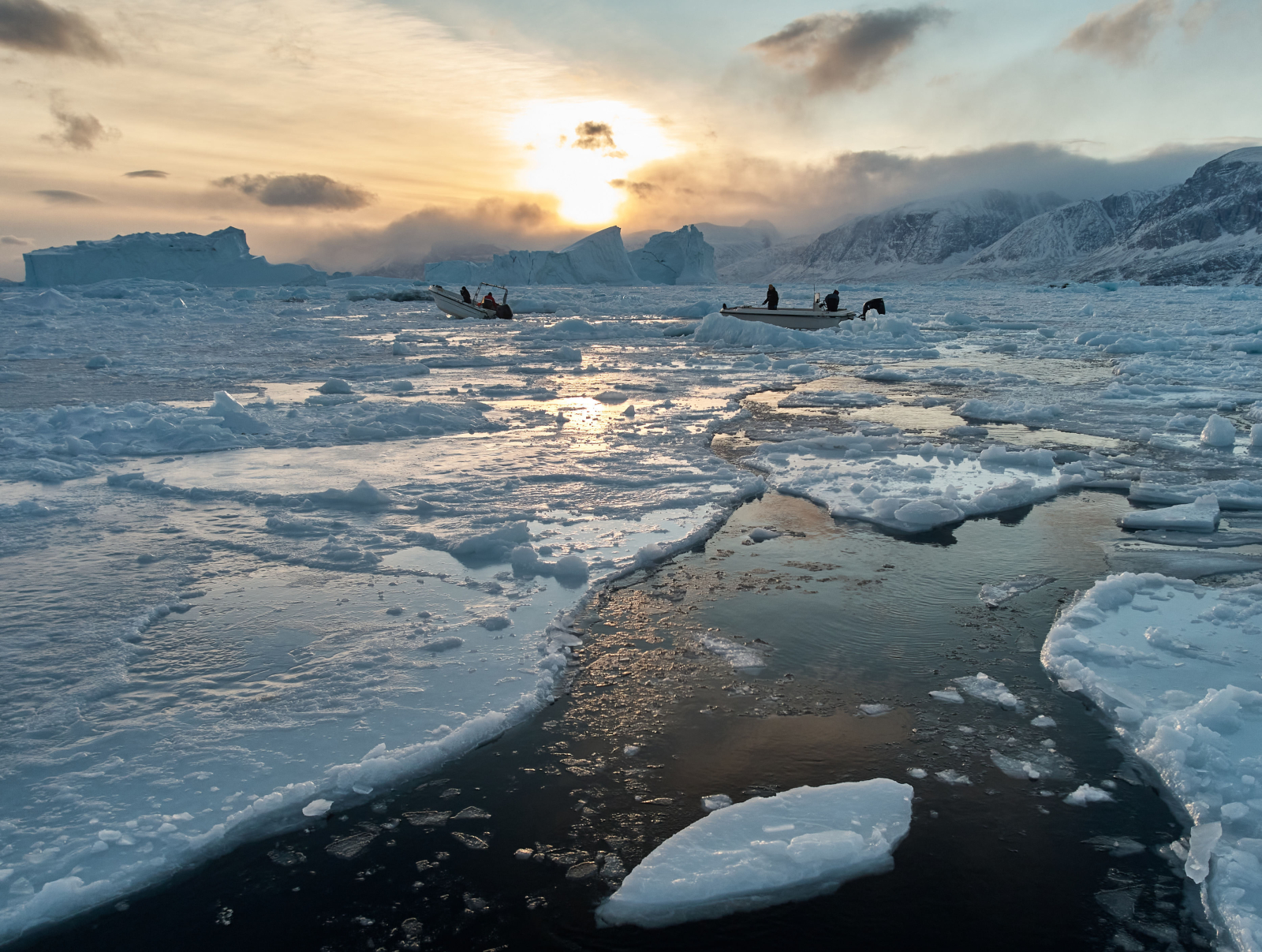Articles Menu

Apr. 28, 2023
Inuit want direct access to a global fund dedicated to addressing destruction caused by climate change, the president of the Inuit Circumpolar Council’s Canadian arm says.
Lisa Koperqualuk says loss and damage funding is needed in Inuit Nunangat, the homeland for Inuit, which is warming four times faster than the global average. Canada’s National Observer spoke with the ICC president last week while she was in New York City at the United Nations Permanent Forum for Indigenous Issues, a UN body focused on the concerns and rights of global Indigenous Peoples.
The loss and damage fund Koperqualuk referred to is a major agreement to come out of COP27, last year’s UN climate conference. How exactly the fund will work is still being negotiated, but it’s expected wealthy developed countries will pay into its coffers and vulnerable developing countries can then tap the money to deal with loss and damages caused by climate change, like when heat waves destroy crops that farmers depend on for livelihoods.
The loss and damage fund comes after three decades of poor countries calling on their wealthy counterparts to help pay for the damage the latter has caused by fuelling their economies with fossil fuels.

But Koperqualuk told Canada’s National Observer she is concerned the divide between developed and developing countries is taking precedence over inequity between settler communities and Indigenous nations within wealthy countries. Those nations are struggling with the impacts of the climate crisis and ongoing socioeconomic harms caused by colonization, she said, adding: “Us Inuit live in developed countries.”
Since Inuit live across the Arctic, in wealthy countries like the U.S., Canada, Greenland (part of Denmark), they can’t access the COP27 loss and damage fund to support their needs and rights as Indigenous nations, Koperqualuk said. That's because funding is expected to only be handed out to countries recognized as “developing” in the UN system, as opposed to Indigenous self-governments.
Climate change is directly threatening Arctic ecosystems. With the world on track to surpass 2 C of global warming based on its current policies and pledges, loss and damage are already occurring. The latest report from the Intergovernmental Panel on Climate Change found the Greenland and West Antarctic ice sheets “will be lost almost completely and irreversibly” at 2 C warming, causing several metres of sea-level rise that would devastate coastal communities.
Already, a hotter planet impacts Inuit culture, access to food and traditional and contemporary economic opportunities. A recent policy paper from the Inuit Circumpolar Council notes that a warming Arctic means pressure is growing on species that depend on sea ice, as just one example.
Inuit ways of life, economic opportunities, and more are at risk from climate change but they are unlikely to be able to tap an international fund for loss and damages. The damage is undeniable, so is it time for a national loss and damage fund? - Twitter
The paper calls for financial support from governments to increase environmental monitoring, address coastal erosion, and incorporate Indigenous knowledge into climate adaptation and emergency preparedness.
Environment and Climate Change Minister Steven Guilbeault acknowledges climate change is already impacting northern communities and that “more needs to be done” to support Inuit. But in a statement, he said it’s important to recognize the loss and damage fund agreed to at COP27 exists within the UN system.
As a developed country within that system, Canada is expected to contribute money to funds for developing countries to use. That means “it is hard to imagine a scenario” where Canada could receive money from an international loss and damage fund.
“However, Canada was one of those contributor countries that has consistently pointed out that a loss and damage fund must be accessible to Indigenous Peoples around the world, who are on the front lines responding to climate impacts,” he said.
Guilbeault added that Canada’s position on loss and damage finance is that it should come from different sources, not just through the UN system.
“It may be possible that there will emerge certain programs administered by third parties, like development banks or philanthropies, who could also offer support to Inuit in Northern Canada,” he said. “But it is too early to say, and it is important to note that Canada has a range of programs aimed at supporting Inuit in Northern Canada, though undoubtedly more needs to be done.”

Among the programs are funding for climate change preparedness in the North, Indigenous community-based climate monitoring and health and infrastructure funds.
Mattias Söderberg, chief adviser with Danish humanitarian non-profit DanChurchAid and co-chair of the global ACT Alliance’s climate justice group, backed up Guilbeault’s statement. Because COP27’s loss and damage fund was created to assist developing countries vulnerable to climate change, Inuit within Canada’s borders would not be eligible, he said.
However, Söderberg said the list of countries that could potentially tap the fund hasn’t yet been agreed upon, and some stakeholders are arguing it would be more effective to determine eligibility for funds based on vulnerability criteria rather than a list of nation-states, which could potentially make Inuit eligible.
“At the same time, I also think it is more fair that the Canadian government takes responsibility for developments within the country, which could include a national decision to establish a national loss and damage fund,” he added.
[Top image: Sea ice melts in Frobisher Bay, Iqaluit, Nunavut on Wednesday, July 31, 2019. THE CANADIAN PRESS/Sean Kilpatrick]